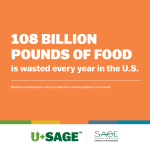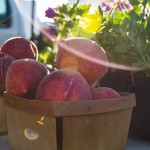From Our Kitchen: Quinoa Salad with Butternut Squash and Cranberries
From Our Kitchen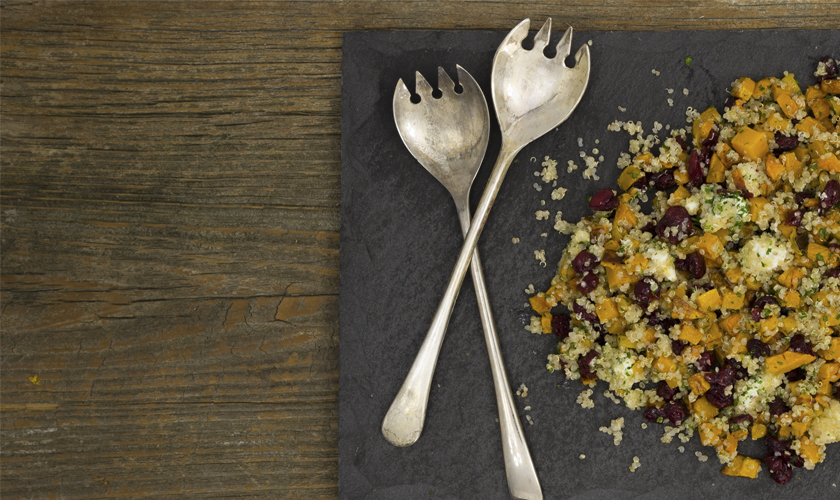
This filling quinoa salad will catch your eye with the rich, autumnal allure of its golden-brown squash and bright burgundy berries. For a satisfying vegan option, forgo the feta and swap agave for honey. Quinoa Salad with Butternut Squash and Cranberries Yield: 8 -1/2 cup servings Ingredients: 2 cups butternut squash, cubed 1/4 cup olive oil, divided 1 teaspoon salt, divided 1/2 teaspoon ground black pepper, divided 2 cups quinoa 1/2 cup feta, crumbled 1/4 cup sweetened dried cranberries 2 tablespoons fresh...
GROWING SAGE: Vast Gardens and Opportunities at St. Andrew’s, DE
Growing SAGE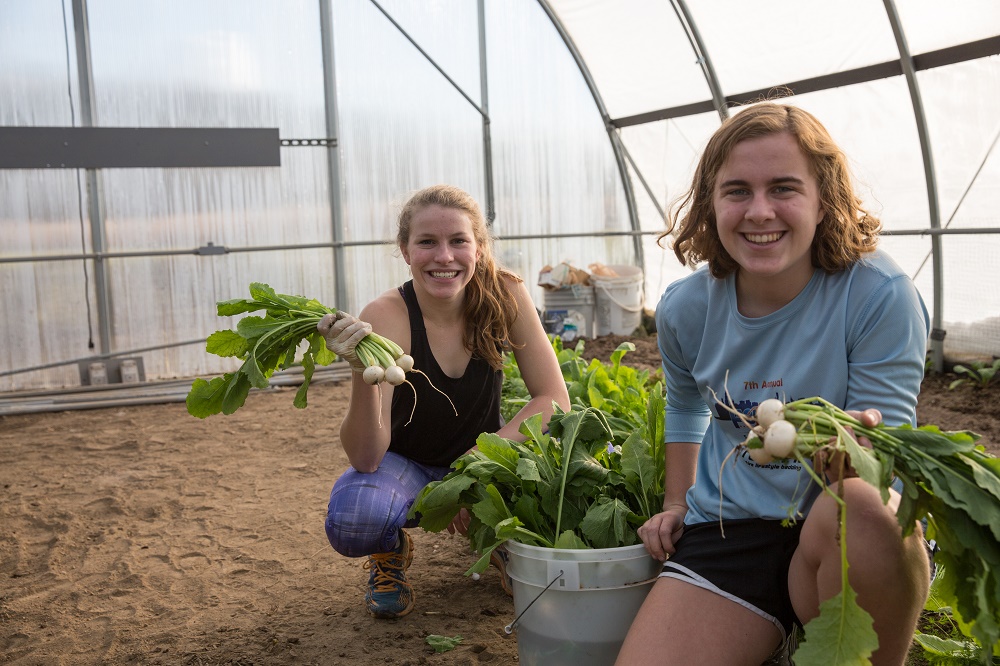
At SAGE, we make a point of featuring locally-grown food in our dining halls, so we’re thrilled that 60% of our schools have on-campus gardens producing crops that can be incorporated into school meals—the ultimate in local sourcing. The gardens at St. Andrew’s School in Middletown, Delaware are an impressive sight. Our SAGE staff are always looking for new recipes that incorporate their fresh produce! The St. Andrew’s garden started as a 5,000 ft2 field plot in 2006. Ten...
The Common Market: Sustainable Sourcing to Support Local Communities
Locally Sourced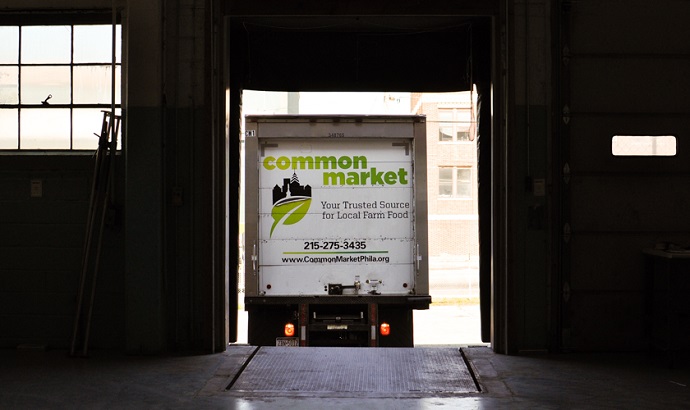
SAGE is proud to work with hundreds of small, local suppliers across North America. We’re a strong proponent of local sourcing, and The Common Market is an excellent example of how partnering with local suppliers helps support the communities in which we work. The Common Market is a non-profit food hub that connects small local farmers and food artisans with people and organizations that seek their wares. The idea first came about when co-founders Haile Johnston and Tatiana...
A Spoonful of Added Sugar
Nutrition, Spotlight Program
If you’re paying attention to headlines about nutrition, you’ve probably heard the buzz about added sugar. For the first time, the 2015 USDA Dietary Guidelines recommend limiting added sugars (not to be confused with natural sugars) to less than 10% of the calories in your diet. For the average adult consuming roughly 2,000 calories a day, that’s no more than 200 calories—about 12 teaspoons, or 50 grams, of added sugar. That’s three percent less than the average American consumes...
